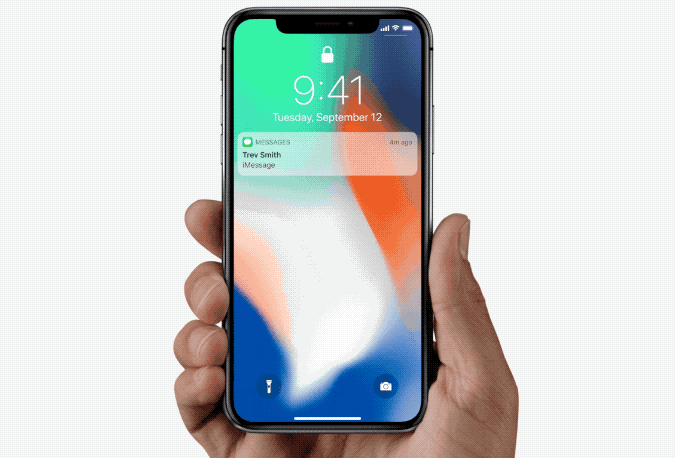Apple reportedly operates a secret manufacturing plant in California where it produces MicroLED displays, a new type of screen that could make future gadgets “slimmer, brighter and less power-hungry.”
Right now, the company is said to still be in the testing phase, manufacturing small quantities of the displays. The tech likely won’t arrive for years. But by developing its own custom displays, Apple could further differentiate its devices from rival products.
Apple’s new plant
Apple’s MicroLED project, code-named T159, is reportedly being overseen by Apple veteran Lynn Youngs, who helped develop the touchscreens for the original iPhone and iPad. Youngs now works on screen tech for the iPhone and Apple Watch.
The plant is a 62,000-square-foot manufacturing facility in Santa Clara, roughly a 15-minute drive from Apple Park. It employs 300 engineers hard at work on MicroLED screens for future products. The tech likely would arrive first in a future Apple Watch.
Apple also has space dedicated to the complex process of “growing” LEDs. And a nearby facility handles the process of placing the individual pixels onto the display.
Challenges along the way
MicroLED offers big potential advantages over OLED screens such as the Super Retina displays Apple introduced with the iPhone X. However, the tech also faces big challenges. Chief among these is how much more difficult MicroLED reportedly is to manufacture.
According to Bloomberg, Apple “almost killed” the MicroLED project a year ago. That would fit with the time frame of a story we wrote at the time, claiming that Apple was weighing whether MicroLED was a good fit for future devices.
Shortly after this, another report suggested that Apple was downsizing an R&D team it had recruited to develop MicroLED displays in Taiwan, due to production issues. It was also suggested that Apple was working with regular manufacturing partner Taiwan Semiconductor Manufacturing Company to develop MicroLEDs in a way that sidestepped some of the production problems it has run into.
Apple’s interest in MicroLED
Apple’s interest in MicroLED technology goes back even further than those efforts. Back in 2014, Cupertino acquired LuxVue Technology, a small California company that specializes in MicroLED-based displays for consumer electronics applications.
LuxVue came with several patents related to MicroLED technology. At the time, it was reported that Google was interested in using MicroLEDs for its second-generation Google Glass headset. Apple is now rumored to be working on its own AR headset, which could be shown off in 2019, ready to ship in 2020.
A short-term hit to display-makers
The news that Apple may be producing its own displays isn’t good for everyone. After the news broke, stock prices of display-makers in Asia fell. Japan Display dropped as much as 4.4 percent, Sharp fell 3.3 percent and Samsung declined 1.4 percent.
This news would mark the first time that Apple may design screens entirely by itself. In the past, the company used off-the-shelf technology, but tweaked the screens slightly, such as calibrating for color accuracy on the iPhone.
Nonetheless, Bloomberg suggests that Apple will likely handle only the R&D involved with MicroLED. The company will “likely outsource production of its new screen technology to minimize the risk of hurting its bottom line with manufacturing snafus,” according to the report.


